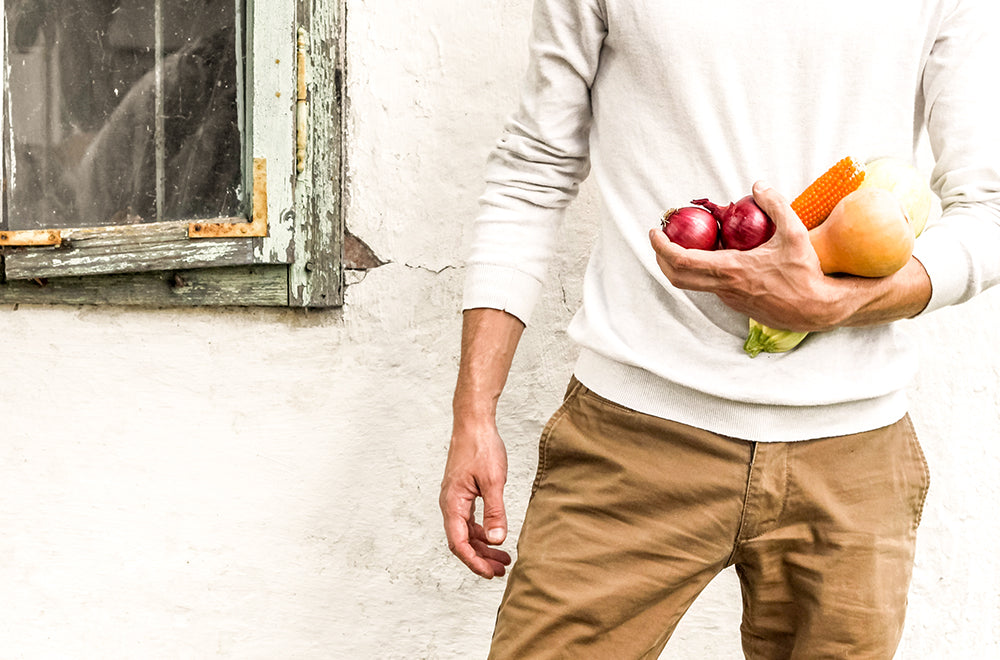Alternative bioplastics?

Have you heard of the terms bioplastics or bioplastics? Simply because the word organic can be found there, it is often understood as a sustainable alternative to conventional plastic. But is that really the case?
Bioplastic sounds good at first, you might think it was made from raw materials from organic agriculture. However, this is usually not the case. Because bioplastic consists of raw materials from industrial agriculture or petrochemicals (chemical production based on petroleum). Bioplastics, one might think, is not a single material either, but a whole family of materials.
Until the 1930s, plastics were made almost exclusively from renewable raw materials. Only since the end of the Second World War have fossil, non-renewable resources such as oil or natural gas been used as raw material sources.
The global production of bioplastics is expected to increase from 2.1 million tons (2018) to 2.6 million tons (2023).

Bioplastic, what is that exactly?
The collective term bioplastics refers to plastics made from renewable raw materials (e.g. corn, sugar beet) or from biodegradable plastics (e.g. degradable polyester).
-
Renewable raw materials
Don't you agree that the term "renewable raw materials" conveys the illusion that these are unlimited resources? Unfortunately, this is a mistake. Because the production of plant raw materials requires soil, fertilizer and often pesticides.
-
Biodegradable plastics
Under certain conditions, the bioplastic can decompose itself. Depending on location, temperature and material .
Not suitable for your own compost heap! ;-)
advantages and disadvantages
Advantage: Production and disposal save CO 2 . They are also just as stable and durable as conventional plastic.
Disadvantage: The long durability also has an immense downside - they are just as harmful to the seas and the environment as other plastics. The cultivation of the raw materials is complex and energy-intensive. Unfortunately, from an environmental point of view, there is currently no suitable disposal solution, since bioplastic often cannot be distinguished from conventional plastic and is therefore sorted out with other "contaminants" before composting.

Does bioplastic have a future?
At less than 1%, bioplastics are still a niche product. However, the cries for new and better materials are getting louder and louder. At the moment, the production costs of bioplastics are significantly higher than those of conventional plastics. Therefore, it only has a future if it can be produced cheaply and the production requires little energy and water and the cultivation of the raw materials for bioplastics does not compete with the cultivation of food.
Note: Bioplastics are bio-based, biodegradable or both at the same time.
In any case, one thing is certain: single-use plastic, regardless of the material, promotes our throw-away culture and a rethink is needed here! Because the idea that we could simply throw away bioplastics because they decompose faster is unfortunately not correct. We believe that reducing waste and protecting the environment starts with avoiding unnecessary products and packaging. Therefore, single-use products made from bioplastics are not a sustainable alternative. Bioplastics can be a good alternative for high-quality, long-lasting applications where the use of plastic makes sense. Otherwise, the following applies: "Waste that is not produced in the first place is the best waste!"
If you would like to be informed directly about the latest blog posts, please follow us Instagram ! :-)










































Leave a comment